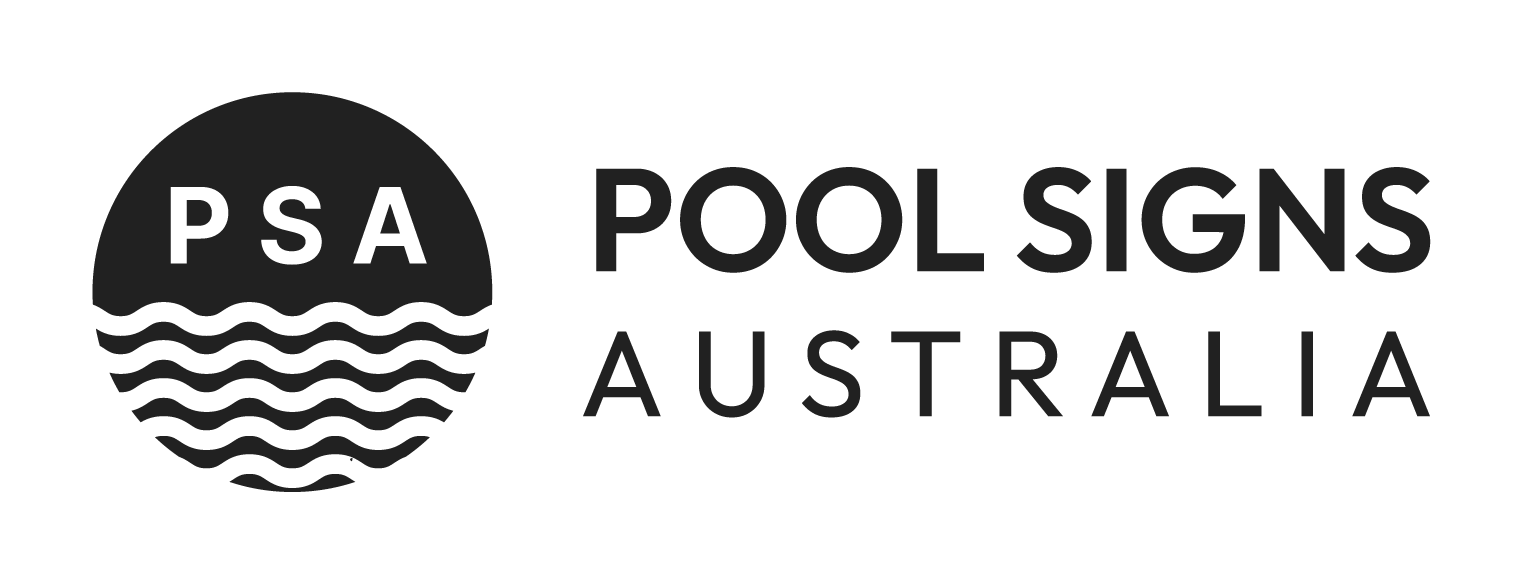When it comes to pool safety, Australia has some of the most stringent regulations in the world—and for good reason. Drowning remains one of the leading causes of accidental death in young children. To help reduce these risks, both Queensland and New South Wales (NSW) have clear legislation around pool safety signage, supported by industry bodies such as SPASA (The Swimming Pool & Spa Association of Australia).
In this article, we explore the role of SPASA, the legal signage requirements in Queensland and NSW, and why proper signage is more than just a compliance box—it’s a lifesaving measure.
Who is SPASA?
SPASA is the peak industry body for the swimming pool and spa industry in Australia. It represents hundreds of manufacturers, builders, suppliers, retailers, and technicians, and works closely with government authorities to help shape and enforce safety standards. SPASA members are required to follow strict codes of conduct and remain up to date with legislative requirements, ensuring that their work is compliant, ethical, and safe.
Importantly, SPASA provides resources, education, and certification for professionals and pool owners, including guidance on correct signage and pool barrier compliance.
Pool Signage Requirements in Queensland
In Queensland, pool owners must comply with the Queensland Development Code MP 3.4 – Swimming Pool Barriers. This code outlines specific requirements for pool fencing, gates, and signage.
Key signage requirements include:
Resuscitation (CPR) Sign:
-
Must be displayed near the pool area.
-
Needs to be visible from within the pool enclosure.
-
Should follow Australian Standard 1319 for safety signs and QLD-specific CPR instructions.
-
The sign must be weatherproof, legible, and securely fixed.
- It should include diagrams and up-to-date CPR steps based on current medical guidelines.
Spa Pools:
If the spa is not emptied after each use, it must be fenced and have a compliant CPR sign.
Failure to meet these requirements may result in significant fines, and more importantly, puts lives at risk.
Pool Signage Requirements in New South Wales (NSW)
In NSW, the requirements are outlined in the Swimming Pools Regulation 2018 under the Swimming Pools Act 1992.
Key signage requirements include:
Resuscitation Sign:
-
Must be displayed within the pool area, and clearly visible to anyone using the pool.
-
Should include the DRSABCD emergency response and up-to-date CPR instructions.
-
Signs must be durable, weatherproof, and legible.
-
Warning Signs for Portable Pools and Inflatable Pools (from retailers):
-
Retailers must display safety signs warning buyers that pools deeper than 300mm must be fenced.
- This helps increase awareness at the point of sale.
Spa Pools must also have appropriate signage if they are not emptied after use.
Why Signage Matters
Pool signage serves multiple vital purposes:
-
Promotes safety awareness and reinforces correct emergency procedures.
-
Fulfils legal obligations for pool owners, reducing liability in the case of an incident.
-
Provides critical guidance during an emergency, particularly when seconds count.
- Acts as a visible deterrent and reminder for adults supervising children near water.
SPASA's Role in Supporting Compliance
SPASA members can assist pool owners by:
-
Providing approved CPR signage.
-
Conducting safety inspections and advising on compliance.
-
Offering training and information resources for homeowners and businesses.
- Advocating for best practices in pool safety across the country.
Choosing a SPASA member ensures you’re working with a professional who understands the legal obligations and practical steps to keep your pool area safe and compliant.
Final Thoughts
Whether you’re a new pool owner or maintaining an existing one, compliant signage is a non-negotiable part of your responsibility. It’s not just about avoiding fines—it's about saving lives.
In both Queensland and NSW, CPR and warning signage must be clearly visible, weather-resistant, and up to current standards. SPASA provides a trusted network of professionals who can help you get it right.
Remember: Signage might be small, but its impact is massive.




